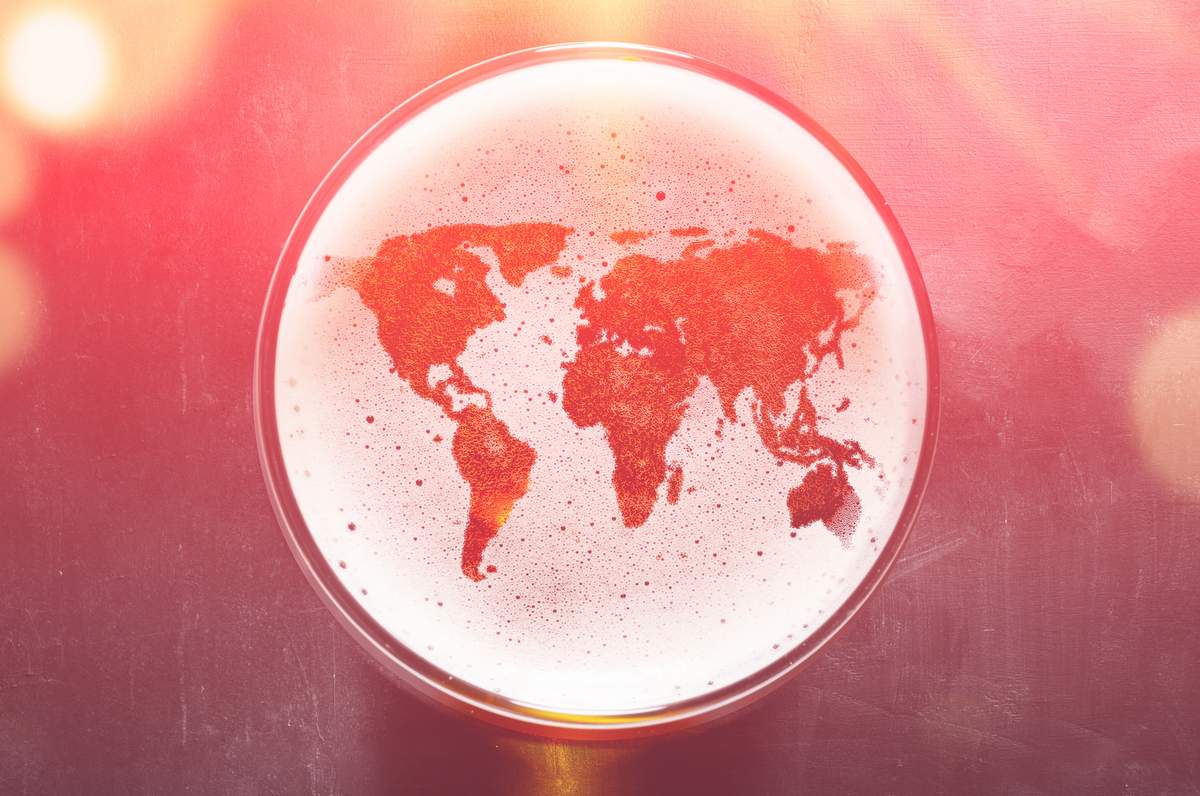
We’ve reported on the rise of ready-to-drink (RTD) canned cocktails and its impact on the beverage alcohol space. But we haven’t considered alcohol sales against the backdrop of broader economic and global drinking trends. Basically: How premium alcohol brands have continued to grow and sell in the face of high inflation and a “global cost of living crisis.”
That’s how Spiros Malandrakis phrased it. He is Head of Alcoholic Drinks at market research firm Euromonitor International. Malandrakis said that from champagne to ultra-premium English gin and from Tequila to prestige Dark Rum all the way to non-alcoholic spirits and aperitivo-embracing bitters, premiumization remains firmly in the spotlight.
“This is premiumization against all the odds,” he says. “Aspirational momentum is overcoming the cost of living crisis. In fact, iconic segments that are now intricately associated with aspirational consumption and increasingly higher end offerings are among the top sales performers.”
The purchase of premium wines, spirits and non-alcoholic alternatives by consumers during the steepest inflationary spirals in modern history reflects the diverse range of consumer behaviors and motivations that exist within a population.
Why? Malandrakis posits that for many consumers, indulging in premium products is seen as a way to enjoy occasional luxuries or as a form of escapism. The consumption of premium wines and spirits can also be viewed as a status symbol or a reflection of personal taste and sophistication. Some consumers are willing to allocate a portion of their income to maintain their desired lifestyle, impress others and demonstrate their social standing or expertise in the field of wines and spirits.
This is also not a blip on the radar.
“The inexorable march towards ever more premium offerings has been a key theme and driver for the alcohol industry for decades and there is no category that remains impervious to the trend’s relevance and long-term appeal,” Malandrakis said. “As one of the steepest inflationary spirals in modern history places extraordinary pressure on drinkers’ discretionary incomes, the premiumization mantra is being put to the test and the results are proof of how solidly embedded it has now become.”
How relevant is this to your craft brewery? Maybe not at all. Even though the premium drinks cited here are spirits, the underlying takeaway, for me, is that regardless of income or economy, consumers are comfortable paying more for quality alcoholic beverages as part of their everyday. Which, in the U.S., keeps craft breweries in a good position long term.
“Contrary to expectations and parallels to previous recessionary cycles, there are no significant signs of sustained or heavy trading down – at least not just yet,” Malandrakis said.






Leave a Reply
You must be logged in to post a comment.